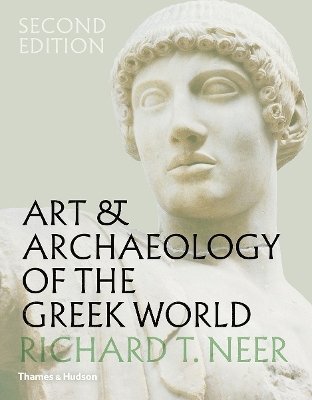
Fler böcker inom
- Format
- Inbunden (Hardback)
- Språk
- Engelska
- Antal sidor
- 408
- Utgivningsdatum
- 2019-01-31
- Förlag
- Thames & Hudson Ltd
- Dimensioner
- 281 x 218 x 33 mm
- Vikt
- ISBN
- 9780500052082
- 1984 g
Art & Archaeology of the Greek World
Inbunden,
Engelska, 2019-01-31
Slutsåld
Vi har inte fått in någon beskrivning av boken från förlaget.
Kolla gärna upp förlagets (Thames & Hudson Ltd) hemsida, där det kan finnas mer information.
Kundrecensioner
Har du läst boken?
Sätt ditt betyg »
Du kanske gillar
-
Peak Human
Johan Norberg
Inbunden -
Peak Human
Johan Norberg
Häftad -
Nexus
Yuval Noah Harari
Häftad -
The Creative Act
Rick Rubin
Inbunden
